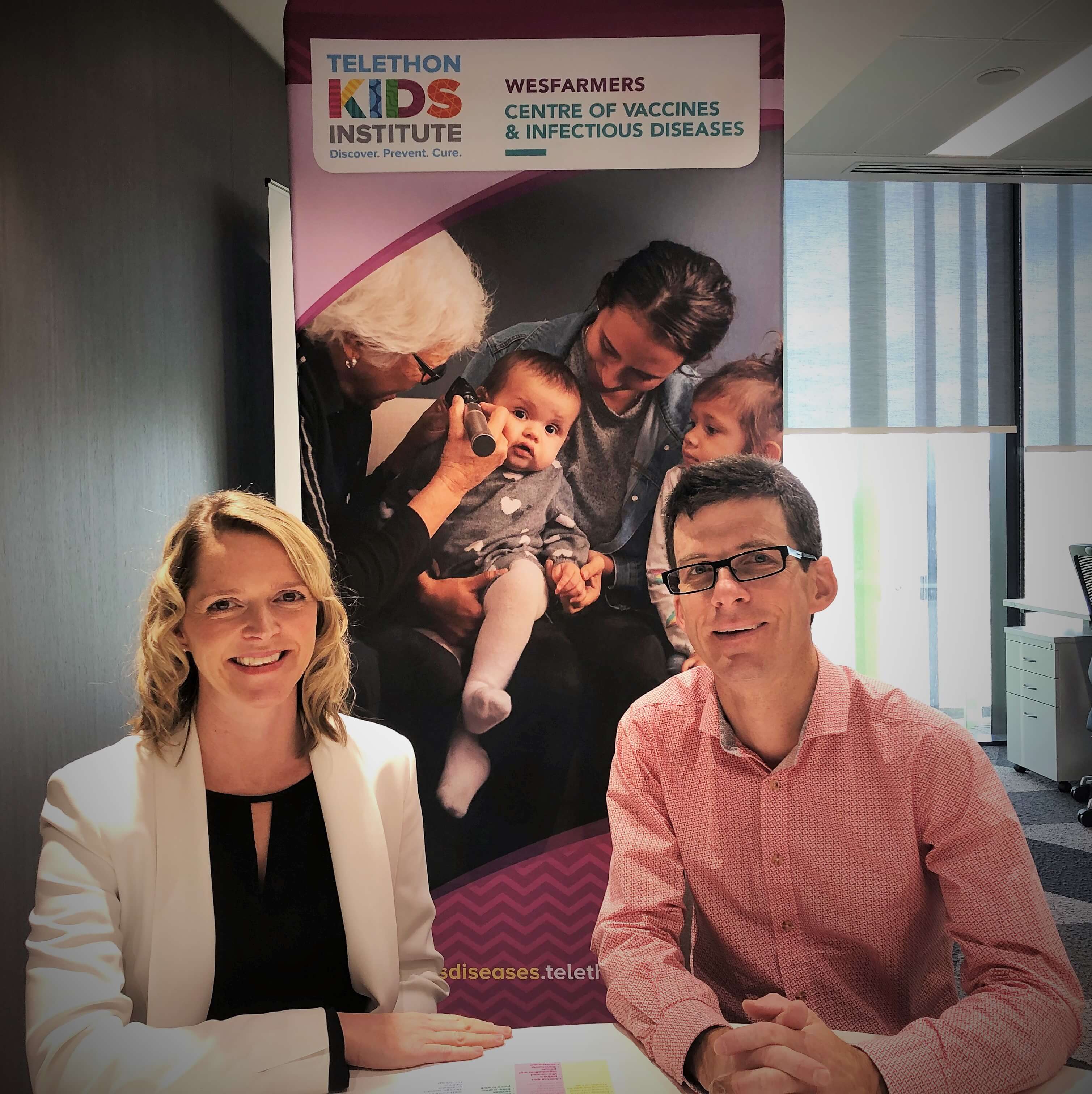Search
Research
Meningococcal Disease in the Post–COVID-19 Era: A Time to PrepareThe global invasive meningococcal disease (IMD) landscape changed considerably during the COVID-19 pandemic, as evidenced by decreased incidence rates due to COVID-19 mitigation measures, such as limited social contact, physical distancing, mask wearing, and hand washing. Vaccination rates were also lower during the pandemic relative to pre-pandemic levels.
Research
COVID-19 in Western Australia: ‘The last straw’ and hopes for a ‘new normal’ for parents of children with long-term conditionsChildren with long-term conditions are vulnerable due to the treatments required for their conditions. Since the start of the coronavirus disease 2019 (COVID-19) pandemic, Western Australians experienced restrictions that changed daily life activities but were able to return to some of their previous routines due to the restrictions.

News & Events
Infectious diseases advocate and child disability researcher named as finalists for national awardsCongratulations to prominent consumer advocate Catherine Hughes and The Kids Research Institute Australia honorary researcher Dr Noula Gibson, who have been named finalists in Research Australia’s 2023 Health and Medical Research Awards.

News & Events
Top honour for infectious diseases researchCongratulations to Associate Professor Asha Bowen, who has been awarded the 2022 Frank Fenner Award for Advanced Research in Infectious Diseases.

News & Events
The Kids Research Institute Australia Director elected to prestigious Australian Academy of ScienceProf Jonathan Carapetis has been elected as a new Fellow of the prestigious Australian Academy of Science in recognition of his pioneering, paradigm-shifting expertise in infectious diseases.

News & Events
New Co-directors for the Wesfarmers Centre of Vaccines and Infectious DiseasesDr Lea-Ann Kirkham and Dr Chris Blyth have been appointed as Co-Directors
Research
TLR3 and RIG-I gene variants: Associations with functional effects on receptor expression and responses to measles viruMeasles virus causes severe morbidity and mortality, despite the availability of measles vaccines. Successful defence against viral pathogens requires early...
Research
Effect of early carriage of streptococcus pneumoniae on the development of pneumococcal protein-specific cellular immune responses in infancyThe aim of this study was to examine the relationship between nasopharyngeal pneumococcal colonization in early life and the development of T cell responses.
Research
Predominance of nontypeable haemophilus influenzae in children with otitis mediaIn Australia the 7-valent pneumococcal conjugate vaccine (PCV7) is administered at 2, 4 and 6 months of age, with no booster dose.
Research
Slam and dc-sign measles receptor polymorphisms and their impact on antibody and cytokine responses to measles vaccineDespite the use of measles vaccine, measles virus continues to circulate and cause severe disease
